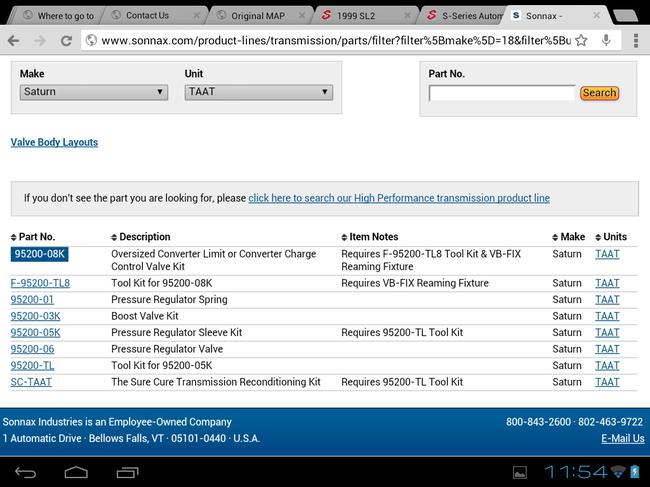Thanx for your help with my MAP questions.
I do have another minor but annoying issue.
Not sure if I was suppose to create another new question. But here it is.
The trans fluid has been flushed (not forced/no machines) I should say, just drained and refilled with the appropriate Castrol Dex/Merc ATF three times since I bought it in '99 with the most recent trans fluid drain May 2013.
I also replaced the exterior canister-type trans filter and also the TTS (Trans Temp Sensor).
Never has the trans been serviced other than what just mentioned.
Anywho, my issue is that REVERSE engages after a slight 2 to 3 second delay when the engine is warm/hot.
REVERSE never fails to engage immediately when cold. And it engages normally, no slams.
When warm/hot, I shift into reverse from Park, Neutral, Drive, etc. And it doesn't do anything for a few seconds. Sometimes I have to increase RPM's to about 1,500 to get it to engage in REVERSE.
By the way, all fluids on the car, other than the gasoline, have been drain/flushed out.
The ECT sensor was replaced I believe 2 to 3 yrs ago.
No delays/slippage occurs in any other gear.
This delay began about 2 yrs ago and since then, there have been numerous times where engaging into reverse resulted in heavy/hard slams from over-revving trying to get it to engage.
I disconnected the connector located on top of the trans valve cover and tested the probes protruding from the valve cover for ohms.
Both the probes and connector show no burnt signs/wear.
As far as resistance, each showed either 6.02 or 6.04 ohms.
I haven't taken the valve body cover off to check for resistance on the actual solenoids themselves.
What would be my next step? The solenoids?
Oh, before I forget, since I've let the reverse slam numerous times, has anything loosened up? All gears sound normal when they're engaged and vehicle is in motion, car/tranny handles very well in all gears any climate. Just the reverse engage delay when car is warm.
I ask that before I decide to dive into the trans.
Thanx again in advance for your help.
:-)
Friday, June 7th, 2013 AT 1:04 AM



